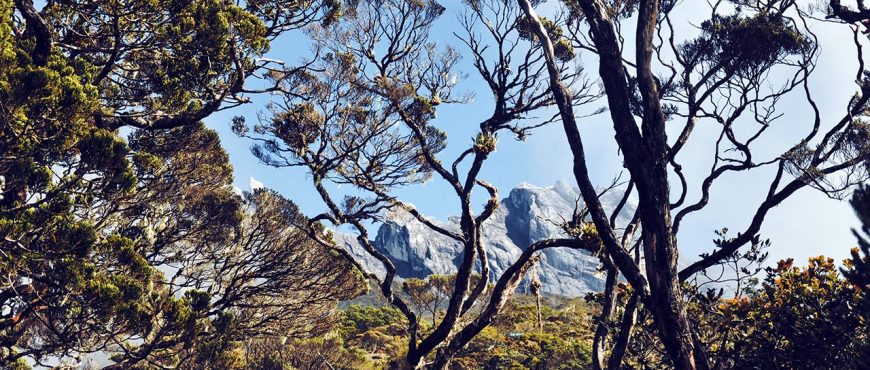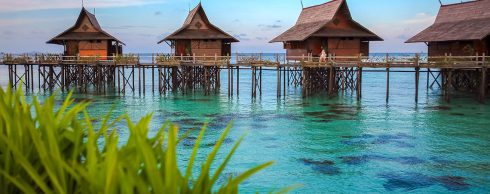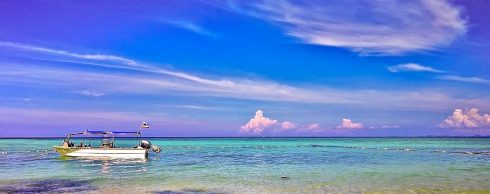Kinabalu National Geopark, located in the state of Sabah at the northern end of the island of Borneo, is a natural wonderland that showcases the rich geological and biological diversity of Southeast Asia.
The geopark covers an area of 4,750 square kilometers and encompasses Mount Kinabalu, the highest mountain between the Himalayas and New Guinea, as well as the surrounding landscapes of forests, rivers, waterfalls, hot springs, and caves.
On May 26, 2023, Kinabalu National Geopark was declared a Unesco Global Geopark by the United Nations Educational, Scientific, and Cultural Organization (Unesco), making it the second Global Geopark in Malaysia after Langkawi Geopark.
This recognition is a testament to the geopark’s outstanding geological heritage and its contribution to sustainable development, education, and conservation.
What is a Unesco Global Geopark?
A Unesco Global Geopark is a site that has a geological heritage of international significance and demonstrates best practices in geotourism, geoconservation, and geoscience education.
A Global Geopark also fosters local community involvement and empowerment, as well as cultural and biological diversity.
There are currently 195 Unesco Global Geoparks in 48 countries around the world. Each geopark is unique and reflects the history and identity of its territory and people.
Unesco supports the Global Geoparks Network (GGN), which facilitates cooperation and exchange among geoparks.
Why is Kinabalu National Geopark special?
Kinabalu National Geopark is special for many reasons. Here are some of them:
- It features incredible geodiversity, including ultramafic rocks that are billions of years old, granite intrusions that formed during volcanic eruptions, folded and faulted sedimentary rocks that reveal ancient sea beds, and unique landforms such as Poring Hot Springs and Ranau-Tambunan Valley.
- It hosts remarkable biodiversity, with more than 5,000 plant species, 326 bird species, and 100 mammal species. Many of these are endemic to the geopark, such as 90 orchid species that exist only on Mount Kinabalu, and the crimson-headed partridge bird that is not found anywhere else on Earth.
- It includes Kinabalu Park, which was inscribed as a World Heritage Site by Unesco in 2000 for its outstanding universal value. Kinabalu Park represents about 16% of the total area of the geopark and protects the core zone of Mount Kinabalu and its surrounding ecosystems.
– It also includes Crocker Range Biosphere Reserve, which was designated by Unesco in 2014 as part of its Man and the Biosphere (MAB) Programme. Crocker Range Biosphere Reserve covers about 75% of the total area of the geopark and encompasses the Crocker Range mountain chain and its adjacent lowlands. It aims to promote harmony between people and nature through research, education and sustainable development. - It is home to more than 290,000 people from various ethnic groups, such as Kadazan-Dusun, Bajau, Murut, Rungus and Chinese. The geopark celebrates their rich cultural heritage and traditions, such as farming, handicrafts, music, and dance.
– It is a significant site for geological research and education, offering visitors a unique opportunity to explore the geological history of Southeast Asia. The geopark also provides various geotourism activities and attractions, such as hiking, climbing, birdwatching, rafting, caving, and relaxing at hot springs.
What are the benefits of being a Unesco Global Geopark?
Being a Unesco Global Geopark brings many benefits to Kinabalu National Geopark and its stakeholders. Some of these are:
- It enhances the visibility and reputation of the geopark at national and international levels, attracting more visitors and investors.
- It strengthens the management and governance of the geopark by adopting international standards and best practices.
- It fosters collaboration and networking among geoparks within Malaysia and around the world through the GGN.
- It supports capacity building and knowledge sharing among local communities, authorities, scientists, and educators through training programs and workshops.
- It promotes awareness and appreciation of the geopark’s values among local communities and visitors through interpretation centers, signage, publications, and events.
- It contributes to socio-economic development and poverty alleviation by creating jobs, generating income, and improving livelihoods through geotourism.
How can you visit Kinabalu National Geopark?
Kinabalu National Geopark is easily accessible by road from Kota Kinabalu, the capital city of Sabah.
The main gateway to the geopark is Kinabalu Park Headquarters, where you can find accommodation, restaurants, an information center, an exhibition hall, and nature trails. From there, you can explore other parts of the geopark by car or public transport.
If you want to climb Mount Kinabalu, you need to book in advance with Sabah Parks or licensed tour operators. The climb takes two days and one night, with an overnight stay at Laban Rata Resthouse or Pendant Hut.
You also need to hire a mountain guide for safety reasons.
If you want to visit Crocker Range Biosphere Reserve, you can stay at one of its four field centers: Inobong Substation (Penampang), Mahua Substation (Tambunan), Monggis Substation (Keningau) or Rafflesia Information Center (Ranau).
You can also visit some of its community-based ecotourism projects: Kg Kiau Nuluh Homestay (Kota Belud), Kg Terian Homestay (Penampang), Kg Sunsuron Homestay (Tambunan) or Kg Mesilou Tagal Zone (Kundasang).




Comments (0):